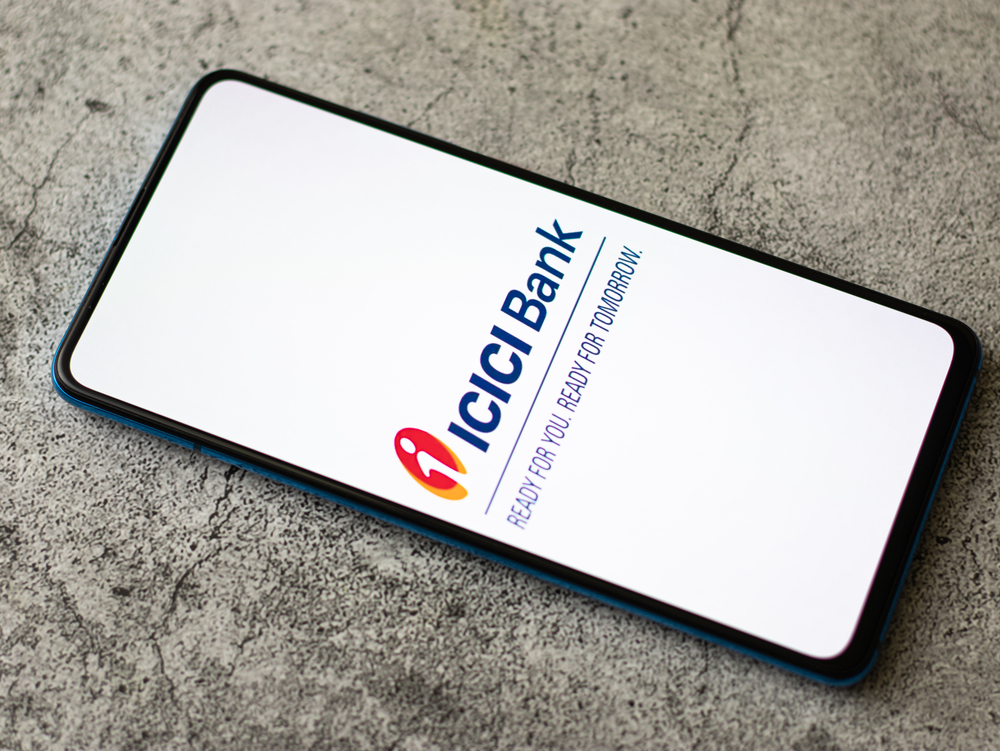Best Investment Options For Women Professionals
Need for investment options for women to address liquidity requirements, financial security and expected returns

There’s no dearth of investment options for professionals. Let’s take a look at the avenues that seem to be lucrative for working women.
Mutual Funds
In our opinion, investing through mutual funds is a great option because of how hassle-free it is. With the help of an advisor, even women who have never invested earlier can invest efficiently based on their goals and aspirations. There are a plethora of avenues within mutual funds to park your funds into. You can allocate your resources efficiently between a mix of equity, debt, and hybrid funds. Within each of these categories, there are ranges of schemes available with different return objectives which are in line with varying levels of risk tolerance and varying risk appetites. An advisor studies the investor’s risk tolerance, risk appetite, goals, future liquidity requirements, income, age, investment horizon, return expectations, and degree of risk aversion to arrive at a meaningful mix. If you can save a little every month or year, you may just start with a Systematic Investment Plan (SIP) to build a definite corpus over your investment horizon. This process can help build such a portfolio that can address multiple needs such as tax savings (ELSS Schemes), periodic on-hand returns, returns in the form of capital appreciation, and retirement planning, to name a few.
Public Provident Fund
PPF is a savings-cum-tax-savings investment. PPF is a very popular investment scheme, and an ideal investment vehicle for every woman who wishes to earn stable returns, has zero liquidity requirements, and has a low-risk appetite. Unlike market-linked plans, this plan is backed up with guaranteed returns. The Government of India decides the interest rates on PPF. The current PPF rate stands at 7.10 per cent per annum. PPF has a minimum tenure of 15 years. This can be extended in blocks of five years. The minimum investment required is Rs 500, and the maximum allowed is Rs 1.5 lakh. You have the option of investing a lump sum or in a maximum of 12 installments. PPF has tax benefits under section 80C.
Employees’ Provident Fund
Unlike PPF, this scheme is not open for everyone. This scheme is established by the Government of India only for employees of companies registered under the EPF Act, 1956. The EPF interest rate is declared every year by the EPFO. The current EPF rate is 8.50 per cent. It should compulsorily be 12 per cent of the salary + DA of each employee. EPF investments do not have a lock-in tenure like PPF investments.This investment can be closed when quitting one’s job permanently, and it can also be transferred when changing companies, all the way till retirement. An employee’s contribution up to Rs 1.5 lakh per year is tax deductible, and the maturity amount is tax-free, only after completion of five years. Apart from this, tax benefits can be availed on the interest amount earned from both, the employer and employee’s share.
Gold
Traditionally, women in India have been purchasing gold in the form of jewelry. Because there are very high costs attached to this practice, we do not recommend purchasing jewelry as a form of investment. Gold, however, plays the role of a ‘diversifier’ in your portfolio, because it has a negative correlation with equity markets. We recommend three mediums to invest in gold, instead of purchasing jewelry:
a) Gold Mutual Funds: Gold mutual funds invest in gold via different ETFs. The expense ratio is very low, as these are passively managed funds. Some funds such as Nippon India do not even have an exit load.
b) Sovereign Gold Bonds: If there is no liquidity requirement for a long time, one can also invest in sovereign gold bonds issued by the Government of India. These gold bonds have a lock-in period of five years and provide a monthly interest of 2.5 per cent. The main benefit of investing in sovereign gold bonds is that the capital gain is tax-free.
c) Digital Gold: You can buy 24K gold in less than three clicks at real-time prices. You can either select to store the gold in a secured safehouse, or request delivery of the gold. Digital gold allows you to purchase gold as less as Rs 500 and sell it within two clicks ensuring quick liquidity at market prices.
d) Gold ETFs: You can invest in gold via gold ETFs. ETFs are traded on the exchange and thus, can offer high liquidity along with a very low expense ratio. In order to choose the correct ETF, one must consider factors such as tracking error and liquidity.
Alternative Investments
Apart from the ones mentioned above, there are many alternative investment instruments that one can look to, to diversify their investments; some alternative asset classes worth considering are — P2P lending, leasing investments, real estate, and venture capital funds.
It requires certain expertise to choose the best mix for your investments because the correct mix differs from person to person. Mutual fund investing has always been our first preference, but one needs to choose judiciously on a case-to-case basis.
The author is Founder, Tarrakki
DISCLAIMER: Views expressed are the author’s own, and Outlook Money does not necessarily subscribe to them. Outlook Money shall not be responsible for any damage caused to any person/organisation directly or indirectly.









